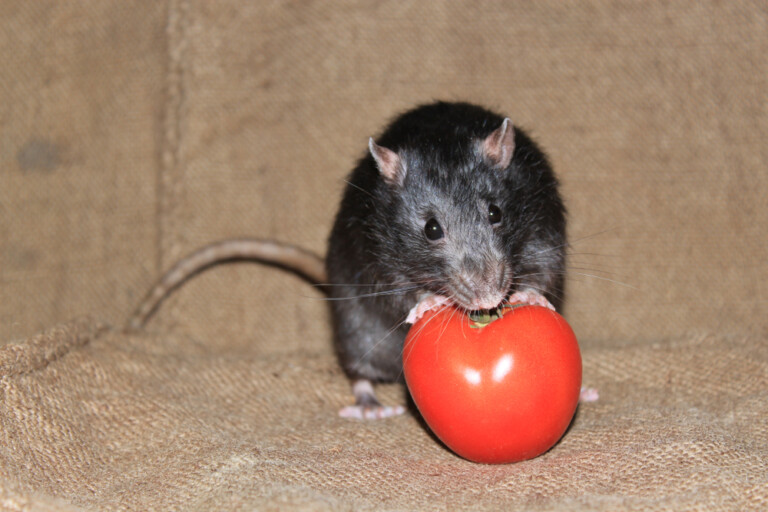
Mice tend to feed by nibbling, eating the outside of grains and leaving the core. Inspect the premises carefully and look out for signs of damage caused by gnawing or feeding, holes, smears and droppings.

Other foods they eat include meat, fish, vegetables, weeds, earthworms, crustaceans, nuts and fruit. They will eat almost anything, although they prefer starch and protein-rich food, such as cereals, which form a substantial part of their diet. The Norway rat is an omnivore, and will eat both plants and animal matter. They are good swimmers and diggers and can communicate through high pitched vocalisation. The gestation period is 21 days and the young reach sexual maturity at 3-4 months. Their life span is usually between 9 and 12 months.įemales can have 5-6 litters per year, and average 8-10 pups per litter. The Norway rat, also known as the common rat, sewer rat or brown rat, is the larger of the two pest rats. Major rodent pest species Norway rat ( Rattus norvegicus) These teeth grow continually, and their size is controlled by continual gnawing. Rodents are characterised by their two sharp front teeth in the upper and lower jaws. Rodents are also important ecologically for spreading seeds and spores. Many rodents are an important part of the food chain, as they are prey for meat-eating animals such as cats, snakes, large birds and foxes. Not only do rodents gnaw through many materials, but they can also ruin food supplies by excreting on them. This can cause devastating damage to a wide range of different settings, such as domestic households, commercial businesses, farms, manufactures and livestock. Rodents consume and destroy their food source during feeding. They are the second most successful mammal on the planet, coming second only to humans. This is because of their small size, short breeding cycle and ability to eat a variety of foods. Rodents have been successful in populating every continent except Antarctica. More than 2,200 species of rodents – such as mice and rats – exist, and more than 40 per cent of all mammal species belonging to the Rodentia order.Īustralia has more than 60 native rodent species and three introduced pest species. You may find something useful.Rats and mice are just two of the mammals that belong to the order Rodentia.

People use them under the hoods/bonnets of their cars in Arizona. I've seen some light-based rat deterrents. Poison can have many unforeseen consequences. The only thing I would caution against is poison which is unfortunately the most effective solution in limited space. None of this is probably practical for your balcony situation as live traps are kind of bulky. What you do with them once you catch them is up to you. I stopped using bait early on, they just stumble into the strategically placed traps. Place the trap in the path and you're all set. Rats don't see well (20/600 vision) and tend to walk along walls or structures navigating by whisker touch. My trap strategy has been to place live traps along the travel paths. How do I know they're rats? That's what I get in my live traps. I have lived in the suburbs for a while and have occasional bouts with rats in my potted cactus.


 0 kommentar(er)
0 kommentar(er)
